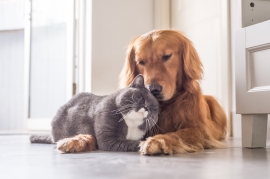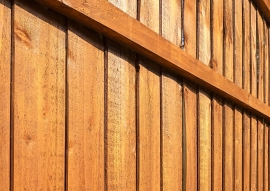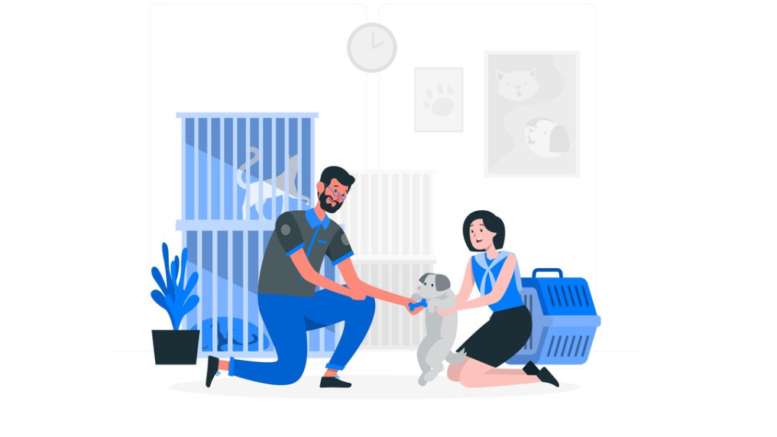 Owning a new house can be an exciting experience, especially for pet owners looking to provide a comfortable living space for their furry friends. When it comes to safety, however, there are certain precautions you need to take to ensure that your pets can thrive within the premises. Whether you are moving into a new home or renovating an existing one, the safety of your pets should be one of your primary concerns. This blog post will discuss several measures you can take to ensure that your new house is safe for your pets.
Owning a new house can be an exciting experience, especially for pet owners looking to provide a comfortable living space for their furry friends. When it comes to safety, however, there are certain precautions you need to take to ensure that your pets can thrive within the premises. Whether you are moving into a new home or renovating an existing one, the safety of your pets should be one of your primary concerns. This blog post will discuss several measures you can take to ensure that your new house is safe for your pets.
Lock All Windows and Doors
One of the first things you should do when moving in is to ensure all windows and doors are locked. This is especially important if you have cats or small dogs that can slip out through an open window or unlocked door. Additionally, you should ensure that all screens are securely in their frames and that there are no gaps or holes that your pets can squeeze through.
Check for Toxic Substances
Pets, particularly dogs, explore their surroundings by putting things in their mouths. Ensure your new home is pet-proof by checking for toxic substances that can harm your pets. Here are some things to look for:
Cleaning products
Products like bleach and other chemical cleaning agents can be harmful if ingested by your pet. Store these away in cabinets or lockable cupboards that are out of your pet’s reach. You should also ensure that all containers are labeled correctly and that products are not stored in food or drink containers.

Plants
Many household plants are toxic if ingested, so ensure that none of the plants in your new house are dangerous for your pets. If there is a plant that you’re unsure of, it’s best to err on the side of caution and remove it from your home.
Rodenticides and Insecticides
If you have a problem with rodents or insects, use pet-safe insecticides and rodenticides. These are formulated to be less toxic than other options and won’t harm your pets if they ingest them.
Food
Finally, remember that some foods that are safe for humans can be dangerous for pets. Make sure to keep all food out of your pet’s reach, and do not feed them anything that is unhealthy or could be toxic if ingested. For example, chocolate, raisins, and grapes can be deadly for dogs.
Check for Pests
Fleas, ticks, and other pests can be dangerous to your pet’s health if not taken care of. House pests can also spread disease and cause significant damage to your home if left untreated. For example, termites can cause structural damage to wood and other building materials. Before you move in, make sure to have a pest inspection done and apply any necessary solutions. You might need anti-termite treatment services for your foundation and wooden furniture and flea treatments for your carpets and outdoor areas.

Assess the Condition of Your Fencing and Gates
If you have a yard, ensure it is fully fenced and secure. Assess the condition of your fencing and gates to ensure they are free of holes and damage. Check for loose boards or nails that may harm your pets. It’s also a good idea to ensure that the fencing is high enough for your pets so they don’t jump over and escape.
Secure Loose Wires and Cords
Electrical wires and cords can pose serious safety hazards for your pets, especially if they are chewers. Secure loose wires and cables with zip ties, electrical tape, or cord covers to prevent your pets from getting entangled or chewing through them. Exposed wires can be a serious hazard, so cover them up and keep them out of reach.
Pets are essential to your family; you want to ensure their safety even when you’re not around. Pet owners can take several measures to ensure their homes are safe for their pets. Locking all windows and doors, checking for toxic substances, assessing the condition of your fencing and gates, and securing loose wires are all crucial steps to take when moving into a new home. With these tips in mind, pet owners can create a safe and comfortable environment for their furry friends.

Be the first to comment on "Home Sweet (and Safe!) Home for Your Furry Family Members"